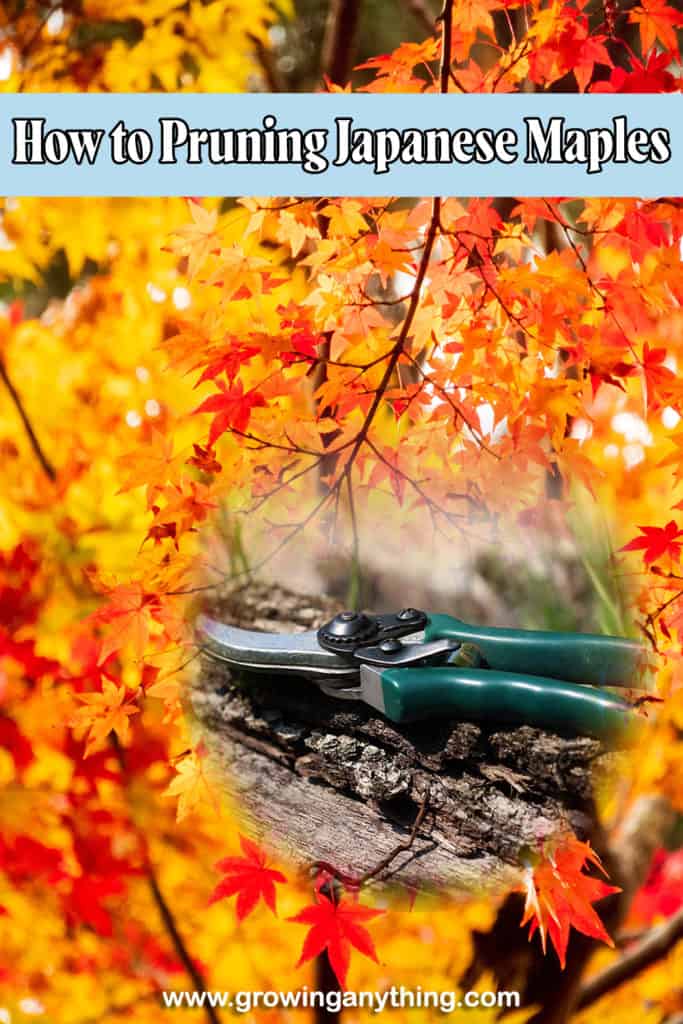How to Pruning Japanese Maples
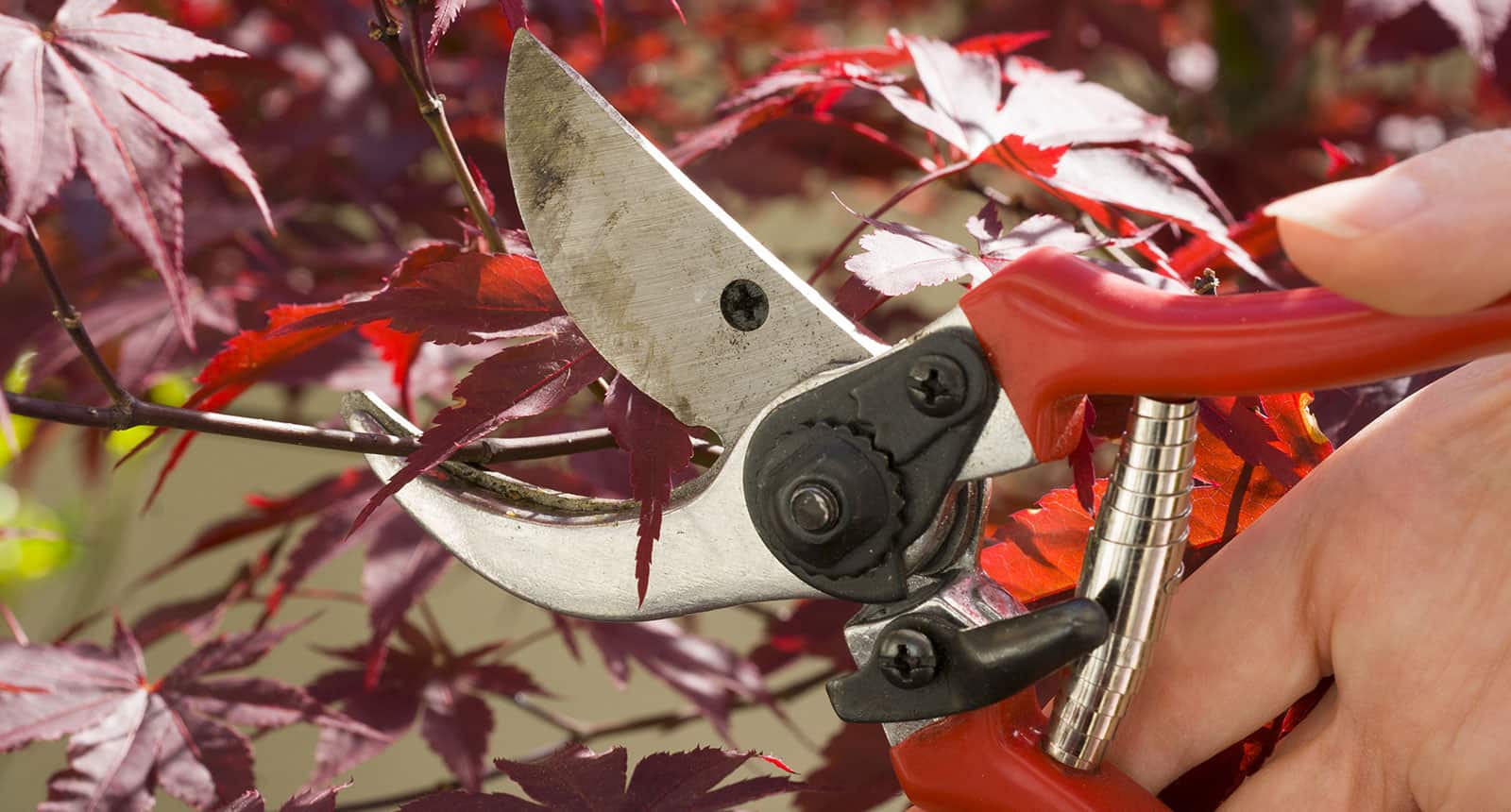
If you’re looking for a how-to pruning Japanese maples guide, look no further than this one.
Falling in love with Japanese maples is easy. They’re available in different options that please the eye, so they’re hardly replaceable by other trees. They come in exciting shapes, sizes, textures, and colors.
And since I treasure these trees, I want to teach other people how to take good care of theirs. In today’s article, I will teach you more about Japanese maples and why pruning them isn’t always necessary.
As a matter of fact, pruning can affect the beauty of your maples, so let’s learn more about it.
What Is a Japanese Maple Tree?
Japanese maple, also known as Acer palmatum, smooth Japanese maple, or palmate maple, is a species of lovely woody plants native to China, Korea, Japan, southeast Russia, and eastern Mongolia.
You can either grow your Japanese maple into a striking bonsai specimen or set off a large container and make your neighbors jealous. I adore these trees because they can deliver a distinct focal point.
But here’s the kicker. You can pick from hundreds of Japanese maple varieties. They’re available in many sizes with a wide array of leaf shapes and shades including variegated, purple, red, orange, etc.
You can see this video to know more:
Why Prune a Japanese Maple Tree?
While pruning isn’t always necessary, it still has benefits for Japanese maples. Let’s take a closer look at some of the key advantages of pruning your Japanese maple tree but ONLY when necessary.
- Pruning reduces unnecessary weight.
- It directs growth and affects the structure of the tree as it develops.
- It increases airflow via branches resulting in lower chances of catching diseases.
- Removing damaged, diseased, and dead branches are good for the tree’s health.
- Prevents unwanted growth. So, if a branch is developing into a house eave, power line, or other unwanted places, it should be removed.
When Should a Japanese Maple Be Pruned?
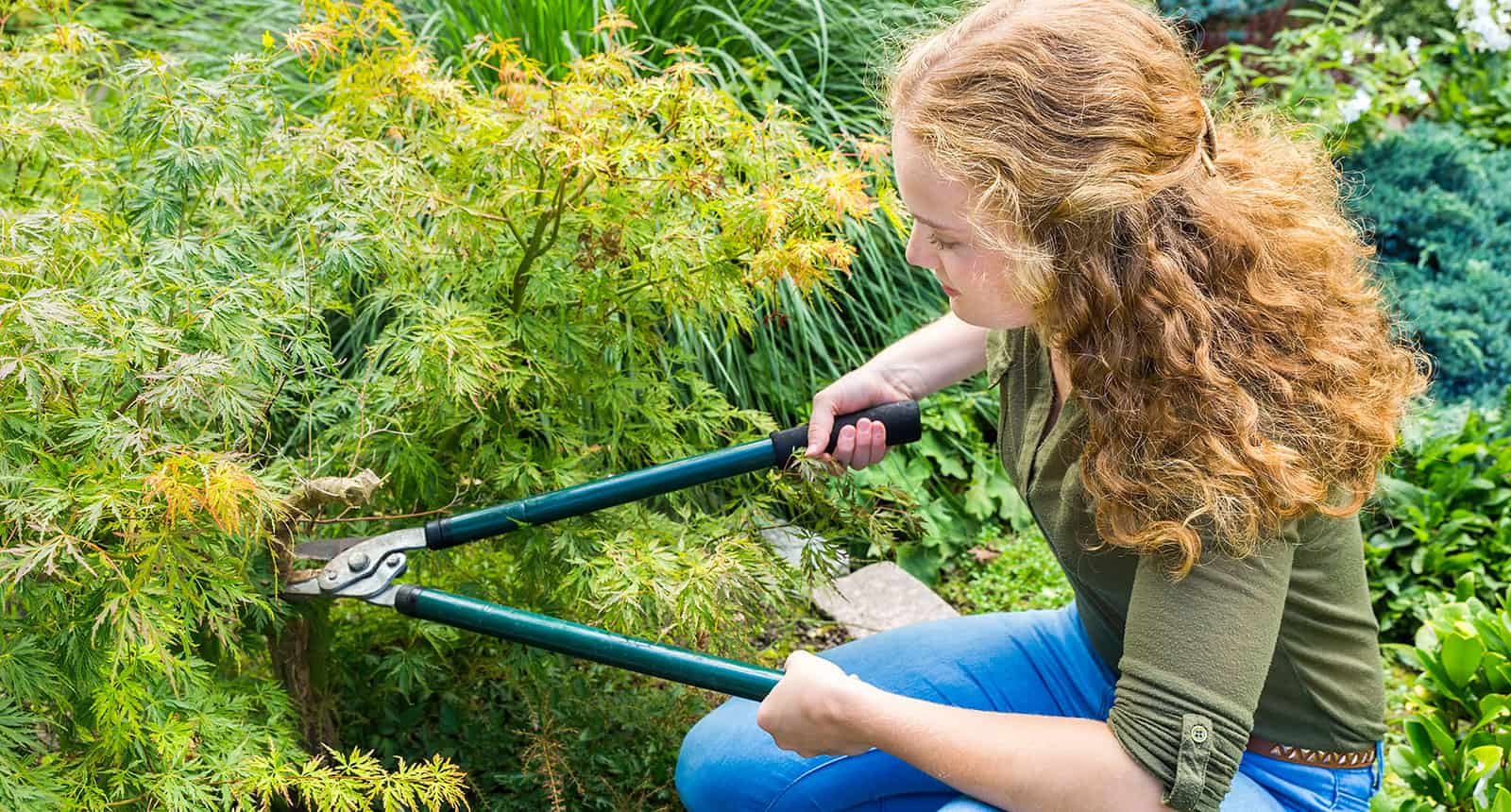
The perfect time to prune most fruit and ornamental trees is during the cold winter period while they’re inactive. In the winter, do structural pruning. Then, wait until late spring for fine pruning.
The summer period is a great time for cutting off larger branches and removing damaged, diseased, and dead branches. This will also lower the unnecessary weight and improve the look of your tree.
However, sometimes pruning can affect the natural beauty of your Japanese maples. This is why it’s very important to know your maples. Spend some time learning about the structure of your maples.
What branches need to be removed? Which branch is the apex or leader branch? Are there crossing and competing branches? What about the overall health of your tree? What is the preferred shape?
Pruning takes time. And a half-done job won’t be that good. Rather than making a mistake that puts the life of your tree in danger, examine your maple carefully and contact professionals if necessary.
How Do You Prune a Japanese Maple Tree?
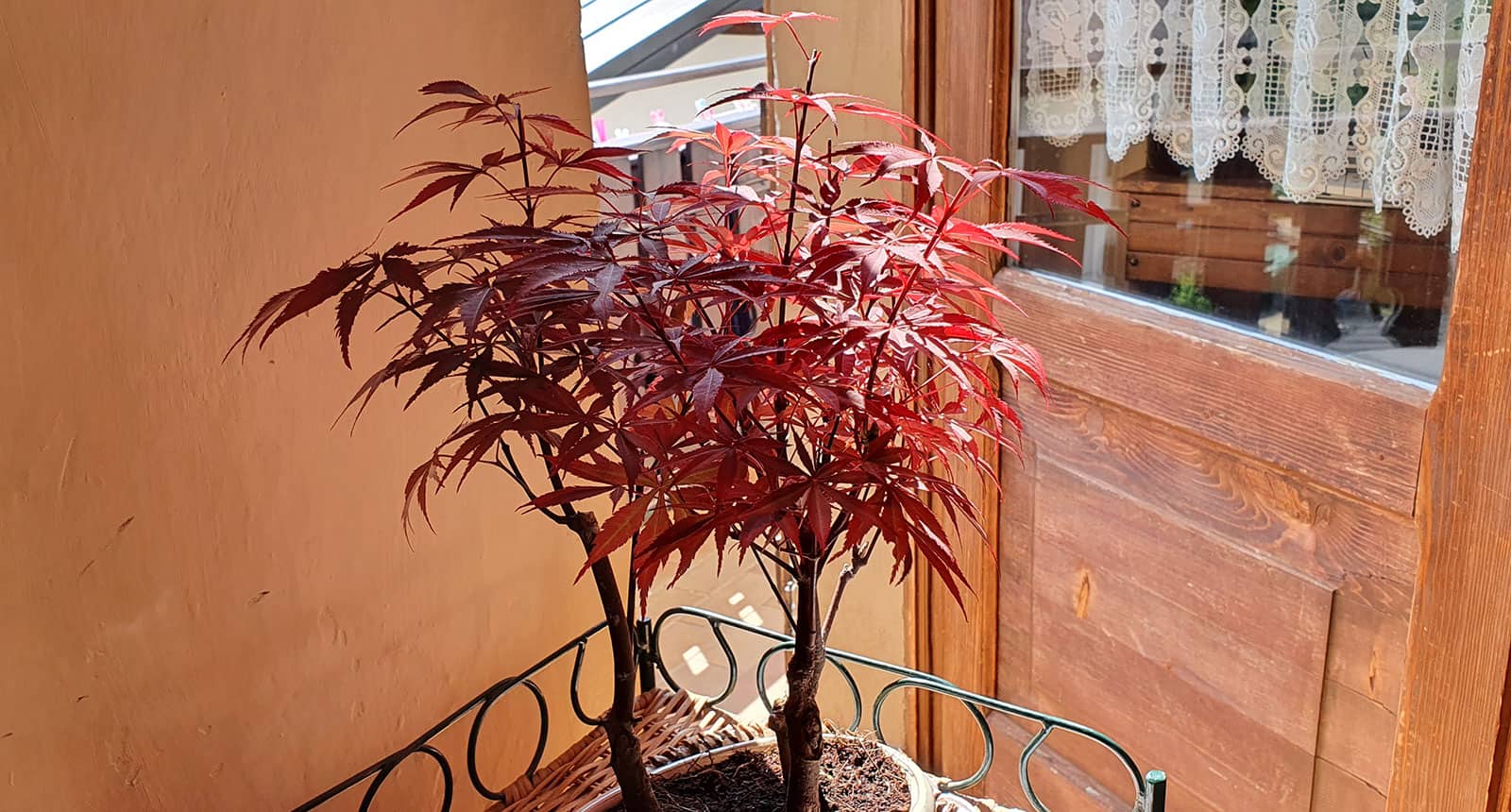
First and foremost, it’s important to remember that pruning this tree isn’t often necessary and honestly, it can influence the natural beauty of your growing Japanese maple tree.
Since these trees are all different and develop in their unique manner, you don’t want to trim them a lot so you can fully enjoy each Japanese maple tree’s uniqueness and beauty.
The purpose of trimming should be to boost your Japanese maple’s natural development habit. Consider the following 5 types of branches that can potentially damage your trees.
1. Remove all diseased, dead, or broken branches for obvious reasons.
2. Trim branches that grow in the wrong direction or inward. I love unusual branches developing in the “wrong” direction. If you like them too, leave them alone. They won’t damage your tree. But branches developing inward can cause a bunch of issues, so remove those.
3. branches causes rubbing and potential damage to both bark and branches. This attracts pests and diseases. Therefore, trimming off one of the branches is a good idea.
4. Narrow crotches occur when two branches connect on an angle lower than 45 degrees. Take off one of the branches to open up your Japanese maple and decrease the chance of breakage that can open large patches of bark and cause worse issues.
5. branches can be a problem too. Thus, when you have a crowded portion of the crown or the entire crown is filled with foliage and branches, you will want to remove some of them to open up the crown. This will improve the airflow and overall health of the maple. Thin by taking off one out of every four branches or so. Make a layered cascading appearance that matches up with your tree’s natural appearance.
Always use professional pruning shears or loopers for your trimming cuts. Also, when taking off a whole branch, trim back to the branch collar instead of into it. Meaning, there shouldn’t be much of the branch left. However, you should never cut flush to the connecting trunk or branch.
You can see this video to know more:
Extra Tips and Tricks
- Never prune young Japanese maples unless necessary. Give your tree time to grow and develop into itself for 10-15 years before you execute any serious pruning.
- Younger trees usually develop thin, long, and whip-like branches, so you can be tempted to trim these branches. However, you shouldn’t. Give the long branches time to develop and get lateral branches. If you cut them off, you’re more likely to get even more of these branches.
- Never purchase a Japanese maple tree that develops too tall for the locations you have selected. Pruning this tree to control height is a difficult battle you won’t win. This will encourage quicker growth and weaker, thinner branches.
- Never prune off more than 1/5 of the crown or foliage of your Japanese maple tree. Also, never over-prune. Just step back and give yourself time. You can always prune more later.
The general rule of thumb is to cut off 30% of the tree in any year, even on older neglected trees. Create careful and slow cuts as you evaluate your progress.
Step back often when trimming this tree. This will give you time to plan your next move better. Preserve and enhance the natural beauty and shape of your trees.
Pruning these trees is a straightforward and low-maintenance task if done properly and annually. It will guarantee a healthy, strong, and long-lasting maple tree.
How Do You Trim an Overgrown Japanese Maple Tree?
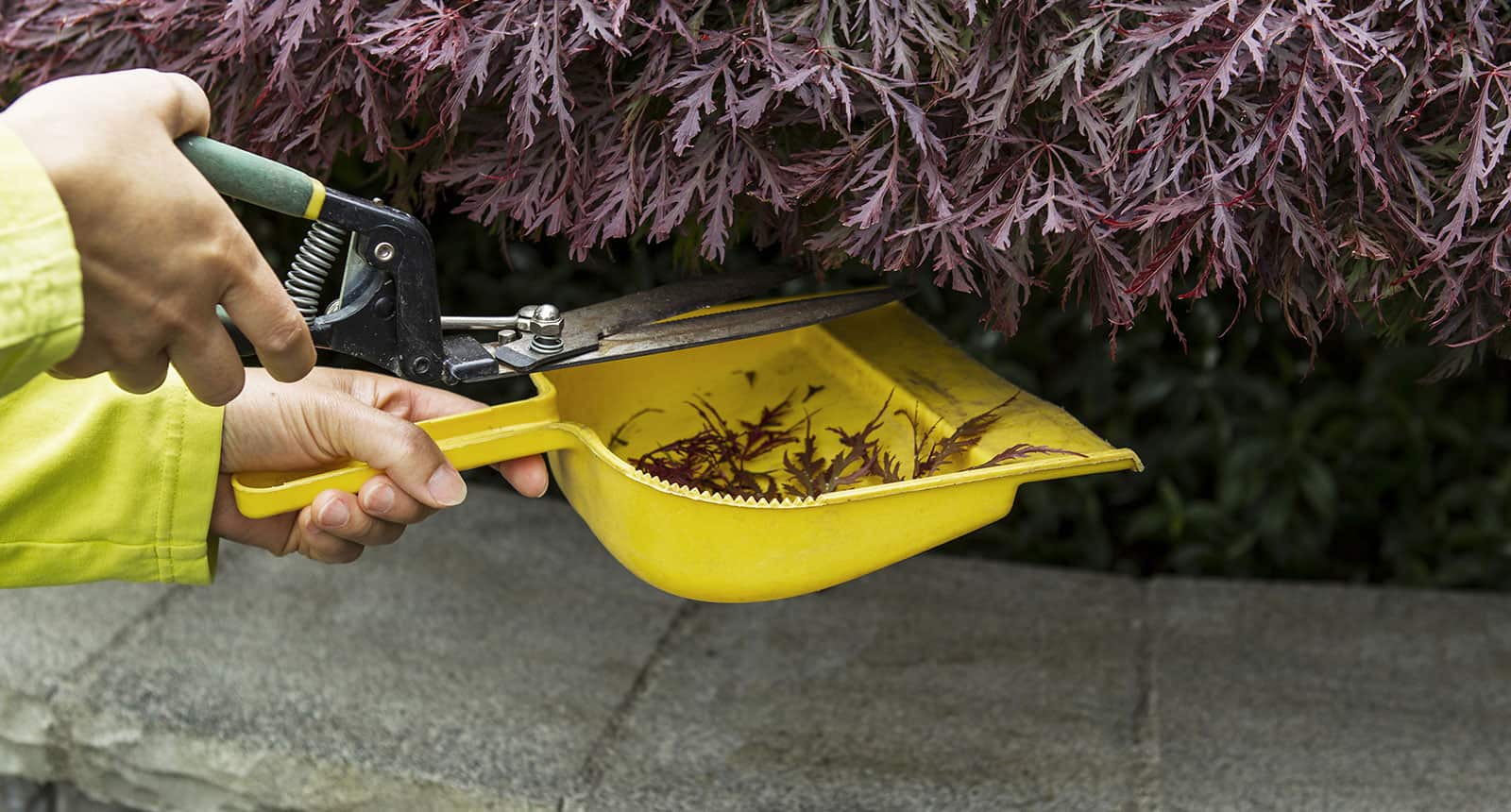
When pruning this tree, cut outside the ‘collar’ leaving 0.5cm (1-quarter of an inch) as slices made close to the stem can’t heal. And larger openings can decay and attract diseases or pests. That being said, let’s learn how to trim both upright and laceleaf Japanese maple trees.
-
Upright Japanese Maple Trees
If you’re dealing with an overgrown upright Japanese maple, remove any damaged, diseased, and dead branches. Search for flaking or discolored bark. Take your time to prevent accidental cutting into nearby branches. Next, remove lower limbs that overhang or crowd into adjacent shrubs.
For Older Trees
As your Japanese maple tree becomes older, you can encourage the growth of layers to make the cliché shape of a mature Japanese maple tree. You can accomplish this by removing any branches that stretch into the layer below or above. Don’t rush it, inspect, and thin it carefully and evenly.
-
Laceleaf Japanese Maple Trees
Again, remove any damaged, diseased, and dead branches. Look for flaking or discolored bark. Go slow to prevent unnecessary cutting into nearby branches. Weeping varieties feature brittle and thin bark, so you can utilize a keyhole saw to make sharper and more precise cuts.
Next, take off dragging branches for aesthetic reasons. Cut off branches that overhang or touch the soil. Also, prune unattractive branches such as chunky limbs that don’t branch out or tape along their length. If they ruin the appearance and shape of your Japanese maple tree, cut them off.
Avoid cutting off branches that are over half the circumference of the main stem. If you’re dealing with an older tree, separate layers. Keep in mind that this isn’t doable with dwarf weeping types so check the closing height and spread of your tree or contact a professional if you’re not sure.
For Older Trees
To give your old Japanese maple tree a recognizable shape, remove those branches that spread into the layer below or above. However, don’t cut off too much and leave larger holes.
Always thin carefully and evenly. Cut off tiny lateral branches to decrease bulk and clutter. Don’t remove over 20% of the crown at a time. Otherwise, you will stress out your beloved trees.
Get away from the tree from time to time to check how the structure and shape are changing every few cuts. Don’t cut any branches over half the circumference of the main stem. Also, don’t remove over one-quarter of foliage from branches. Give yourself time. Finally, make a veiled top layer.
This will allow you to see through small gaps in the foliage. You can accomplish this by thinning out small branches, so a coat of twigs increases above the main branches like a beautiful veil.
Don’t overdo it. Otherwise, cutting out the main wood could cause damage and put your trees at risk of decay. To maintain spread, follow the long ones back to a side branch and trim.
You can see this video to know more:
Related Questions
Let’s Prune Some Trees
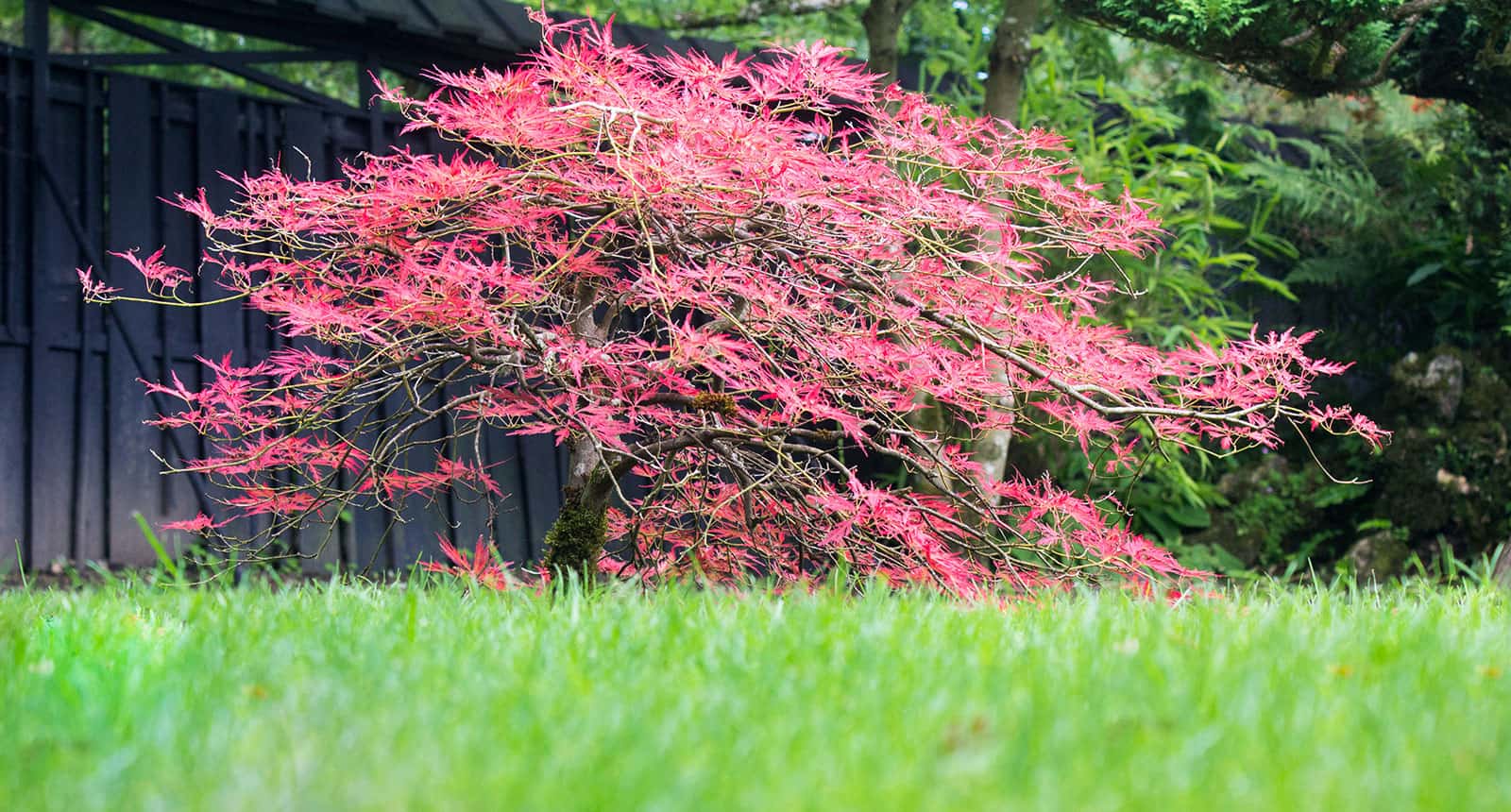
Japanese maple trees can be found in 2 main types including upright and laceleaf Japanese maple trees. Laceleaf ones feature lacy-appearing leaves and weeping structures.
The upright trees, on the other hand, develop mostly straight up and feature more solid leaves but both types have a harmonized and natural flow with a nice, complex branch growing pattern.
Pruning these trees isn’t always necessary. However, it’s important to provide character and shape. This how-to pruning Japanese maples guide is the only one you need to prune them properly.
If you have any tips and tricks or questions, drop a comment below. Let’s chat about these mesmerizing trees. Also, don’t forget to share this article with your social media friends.
